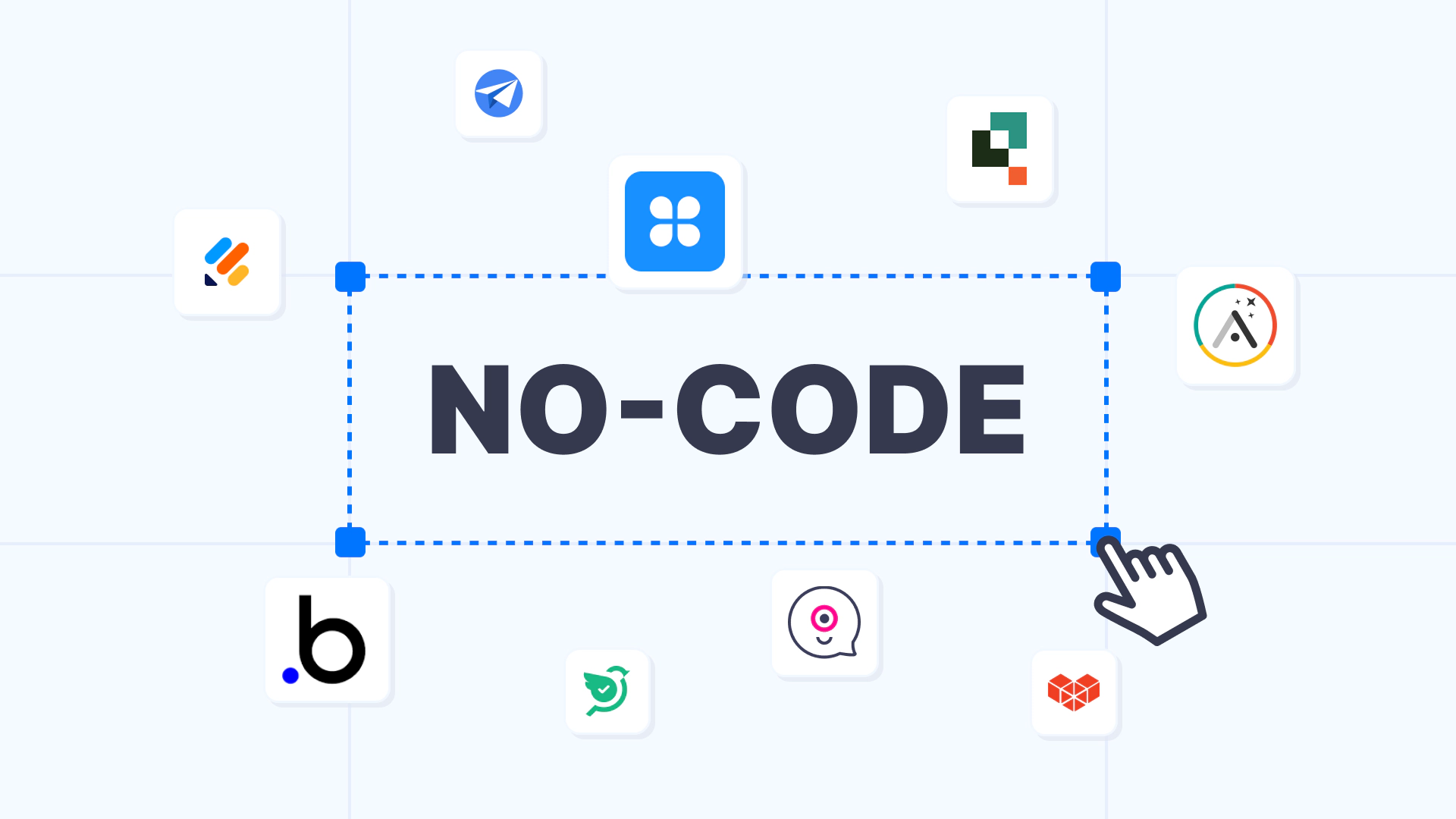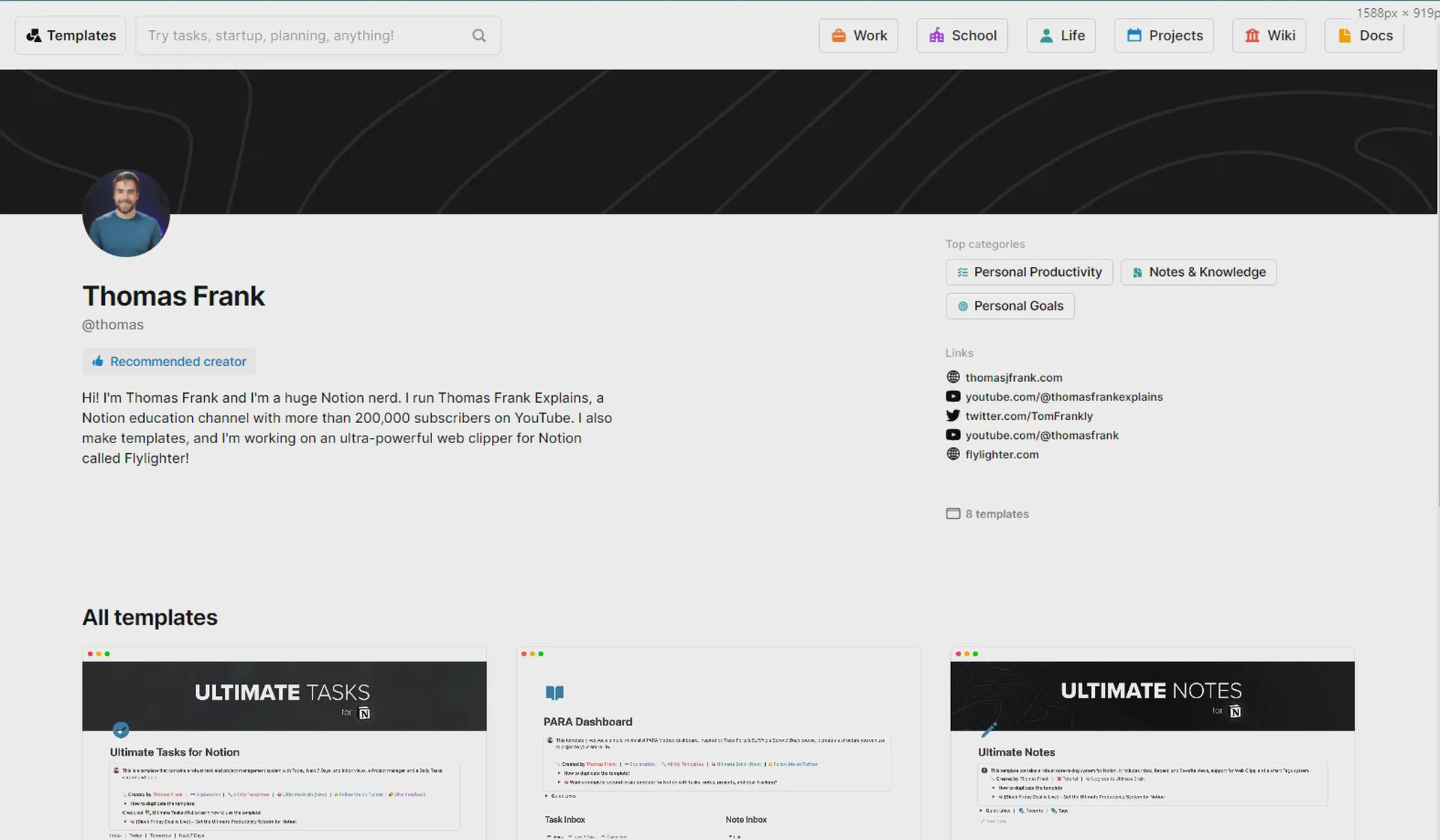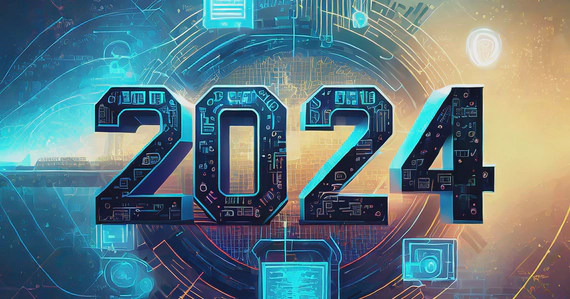
Top 10 B2B SaaS Examples - Innovative Software Solutions for 2024
Ten B2B SaaS examples that I'm sure you're going to get some amazing inspiration from. For each of these …

No code is one of the best things that happened to tech entrepreneurship, and the most obvious takeaway is pretty clear. We can build, launch and even scale product without having to code.
You Alse Read
But what if you’re not quite there yet? What if you just want a simple side hustle going just using no code? Is that possible too? Let’s tap into this incredibly popular movement and community and explore the options.
I’ll show you five ways you can create a side hustle in the no code space.
Recommended No-Code Tools
Make: Make is a powerful automation platform that allows you to connect apps and automate workflows without coding.
Notion: Notion is an all-in-one workspace that combines note-taking, project management, and collaboration.
FlutterFlow: FlutterFlow is a visual development platform for building mobile apps and web using Flutter.
Here are 5 profitable no-code side hustle ideas
The first, and probably the most obvious method is creating and selling templates. If you’re great with design and no web development, you can apply to become a Webflow template designer.
Webflow templates are sold through Webflow’s own marketplace and typically sell for somewhere between $50 and $150, and you get to keep 80% of that sale yourself. This is actually quite good, especially since this is passive in the sense that you only have to create a template once and then sell as many times as you can. If you can sell just two to three of these per day at an average price of dollar 75, you got yourself a $5,000 per month income stream after Webflow’s cut. Not bad at all. Worth pointing out that Webflow does have requirements and standards you need to meet in order to start selling. But if you already have the skills as a web developer and designer, this one should be pretty straightforward.
Another way is by selling Notion templates. You might already have heard some huge success stories like Thomas Frank, who are making a lot of money selling notion templates. But even if you don’t want to take it to that level, you can still make a decent income by setting up advanced templates for project management, data capturing, organization, finances and much more in notion and selling the template from your website.
This one doesn’t require you to apply anywhere, but you do need to cover marketing yourself.

If we take a look at Thomas Frank, you’ll notice that they have huge audiences and that they’re very active on social media. In the same way, you’ll need to establish yourself as an authority and educate people on the specific philosophies and ideas behind your templates.
Setting up something in notion is only part of the equation. Most of the templates that sell really well are built on top of well known models and frameworks in whatever your template is trying to help solve. Which brings us to method number two: creating content
Creating content around no code no code is more than just a collection of tools. Its a movement, its all about empowering and democratizing tech entrepreneurship for non technical founders and creators. And there are huge communities built around this.
Not to mention the many, many new no code tools that constantly enter the market. The demand is massive and this makes the market extremely attractive for new sales to enter. So there’s an obvious opportunity here.
The creator RPM stands for revenue per mil and shows how much you earn per thousand views on your video. But all ads aren’t equal. When multiple advertisers want to put an ad on YouTube, an auction is taking place and some topics related to some markets are simply much more competitive, which forces the advertisers into a bidding war, which in turn brings up the price for showing that particular ad.
And in some very competitive niches, advertisers are bidding much more aggressively. And this shows directly on your RPM. This is why some channels make a lot of money from ad revenue, while other channels make close to nothing, even though they get the same number of views and same number of ads shown on their videos.
And as it turns out, no code is one of these markets where advertiser demand drives up the prices on both ads and sponsored deals. Creating content in the no code space, especially on YouTube, can become a legitimate income stream.
This next one is a bit more specific, but I believe there’s a great demand for this. You could create a no-code consulting business that teaches employees to become citizen developers.
So here’s the situation.
There are a lot of companies out there that are not tech companies. It could be law firms, accounting companies, retail chains, healthcare providers and so on. They’re not tech companies, but they increasingly rely on technological solutions to handle internal operations, automation, managing data flows and a lot of other things.
But for these companies, hiring an actual software developer is very expensive and probably a bit overkill. So the solution many of them turn to is to find their most technical employee and turn that one into a citizen developer. And a citizen developer is a technical person who doesn’t actually program. Instead, they use no code and low code tools to build internal applications and workflows. But without needing the full skill sets of an actual software engineer, you could create a consulting business where you offer to train a company’s most technically capable employees and turn them into citizen developers. You’d be coaching them in the use of no code tools, low code tools.
And if you have a formal training in software development, you could teach them lightweight software engineering concepts as a part of their training, enough for them to bridge the gap between the requirements of the company they work for and the many capabilities it and tech has to offer. So if you’re into consulting or building an agency, I think there’s huge untapped potential right here.
Ok, now that were already down the agency street, lets take a look at the next one, a no code MVP agency.
Lets unpack this one. If you’ve been in the startup ecosystem, you probably know that there’s this term that’s tossed around a lot. The MVP, a minimum viable product.
Its the most basic version of a product that allows founders to quickly test the market, gather feedback, yes, secure funding, and get investors on board if that’s the path you choose. The problem traditional MVP development actually often requires a fair bit of time and money. It typically also requires someone on board who can program, which can be quite a showstopper for founders without engineering experience.
Building an MVP this way is actually fairly risky business, and that’s typically what founders want to avoid at this stage. A common solution is to use prototypes, which are basically just sophisticated slideshows to demonstrate how a potential product could look. But there’s obviously a perfect in between, a no code MVP.
Some founders take off this challenge themselves, but there are founding teams who would rather spend time on strategy, planning and marketing and then hire a team of software engineers once they have initial market validation and secured funding. And that’s where you come in. You run an agency that specializes in developing MVP’s using no code, use it out to understand the founders vision and truly get to the heart of what they’re trying to achieve and to translate that into a tangible, market ready, early stage solution.
It’s part consultancy, part tech development, a hybrid model that caters to the demand of the non tech startup world. I definitely believe there’s great potential in a service business like this.
This one is where the power of no code truly shines. For those unfamiliar, micro SaaS is essentially a small software service that addresses a niche requirement or solves a very specific problem. It’s not about serving everyone, and it’s not a SaaS that’s meant to scale, but rather it’s about serving a very specific small audience incredibly well.
Now, under normal circumstances, developing a SaaS requires a significant investment in both time and often also capital. And you typically need to have someone on the founding team with a software engineering background. But no code platforms have changed the game.
With platforms like Bubble, Webflow, Flutterflow, Airtable and many others, you can actually build fully functional apps without writing a single line of code.
There are founders who build no goat SaaS that’s literally turning over millions per year.
Of course those are the big success stories, but it’s possible, and even better, if you can capture a small niche audience and solve a small but repetitive problem using no code, you can realistically create a SaaS that generates $5000 to $10,000 a month, which I believe is a very decent side income.
The no-code revolution has opened up a world of opportunities for aspiring entrepreneurs. Whether you’re building websites, creating apps, automating workflows, designing e-commerce stores, or offering virtual assistance, these no-code side hustles allow you to turn your ideas into reality without extensive programming knowledge.
By leveraging user-friendly platforms and tools, you can start generating additional income while developing valuable skills for the digital economy.
Remember, the key to success lies in identifying market needs, continuously learning, and providing value to your clients.
So why wait? Pick a no-code path that aligns with your interests and skills, and start building your side hustle today.

Ten B2B SaaS examples that I'm sure you're going to get some amazing inspiration from. For each of these …

Top 13 Micro SaaS Ideas - Profitable Examples for 2024. That's going to give you some really good inspiration …

Every year, there are new technologies that make a difference in the world. 2024 is turning out to be amazing …